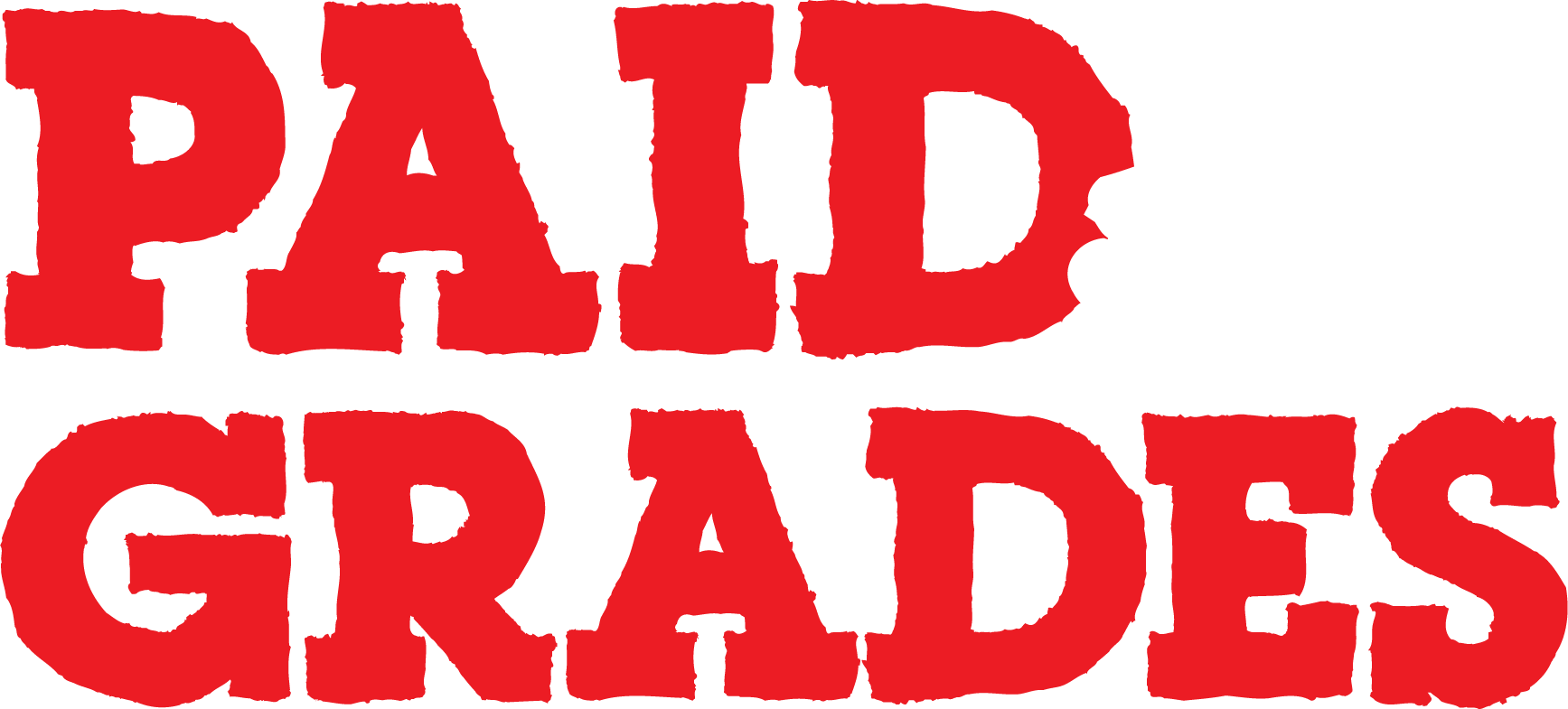The Get Paid for Grades program is back again this year. Do you know someone who could benefit from community support, extra lessons about essential life skills, and a $500 cash reward for their efforts?
What’s Different This Year?
Instead of offering this program to hundreds of students, we would like to target a select group this year.
We plan to track the students’ progress and publish a case study based on the positive results. The end goal is to apply for a Federal Grant on behalf of Clearwater High School, to assist with administering this program on a larger more expansive effort.
2015 Case Study
This year, Get Paid for Grades will run a controlled case study. The purpose of this study is to analyze how an increase in students’ self-confidence and life skills competency can ultimately increase the value of–and contribution to–the economy.
Understanding that attendance is a primary localized concern, students will be encouraged to increase attendance at school in tandem with other essential life lessons.
The program will be available to a limited number of students, not to exceed 100. Teachers are encouraged to nominate 4 students each.
The student requirements are minimal. Get Paid for Grades participants must attend 12 one-hour workshops and sign a release form to share their transcript and attendance data for statistical assessment.
At the end of the school year, participating students will be awarded $500 in cash for their participation in this study. Students who qualify may choose a $1,000 scholarship to be awarded to the college of their choice instead.
Program Goals and Objectives
Get Paid for Grades strives to dispel the myth that increasing numbers of today’s students are unable to excel past their high school foundation. Our society dismisses the average high school student, pinning the blame of their distaste for acceleration on technology, problems at home, learning disabilities, or ineffective teachers.
We want to discourage that hypothesis by proving a positive statistic of today’s high school students. We plan to show that, by adding in community support, we can not only recover these statistics, but actually improve the true potential in our own backyards.
Our goal is to show how students will utilize both technology and adult influence to improve confidence–as well as choices–through a series of workshops that will give students the guidelines and tools they need to thrive in this economy.
